Published Aug 14, 2024
Resistance is Fruitful: Planetary Uprisings and Political Movements
We look back at the galaxy's most prominent dissident movements.
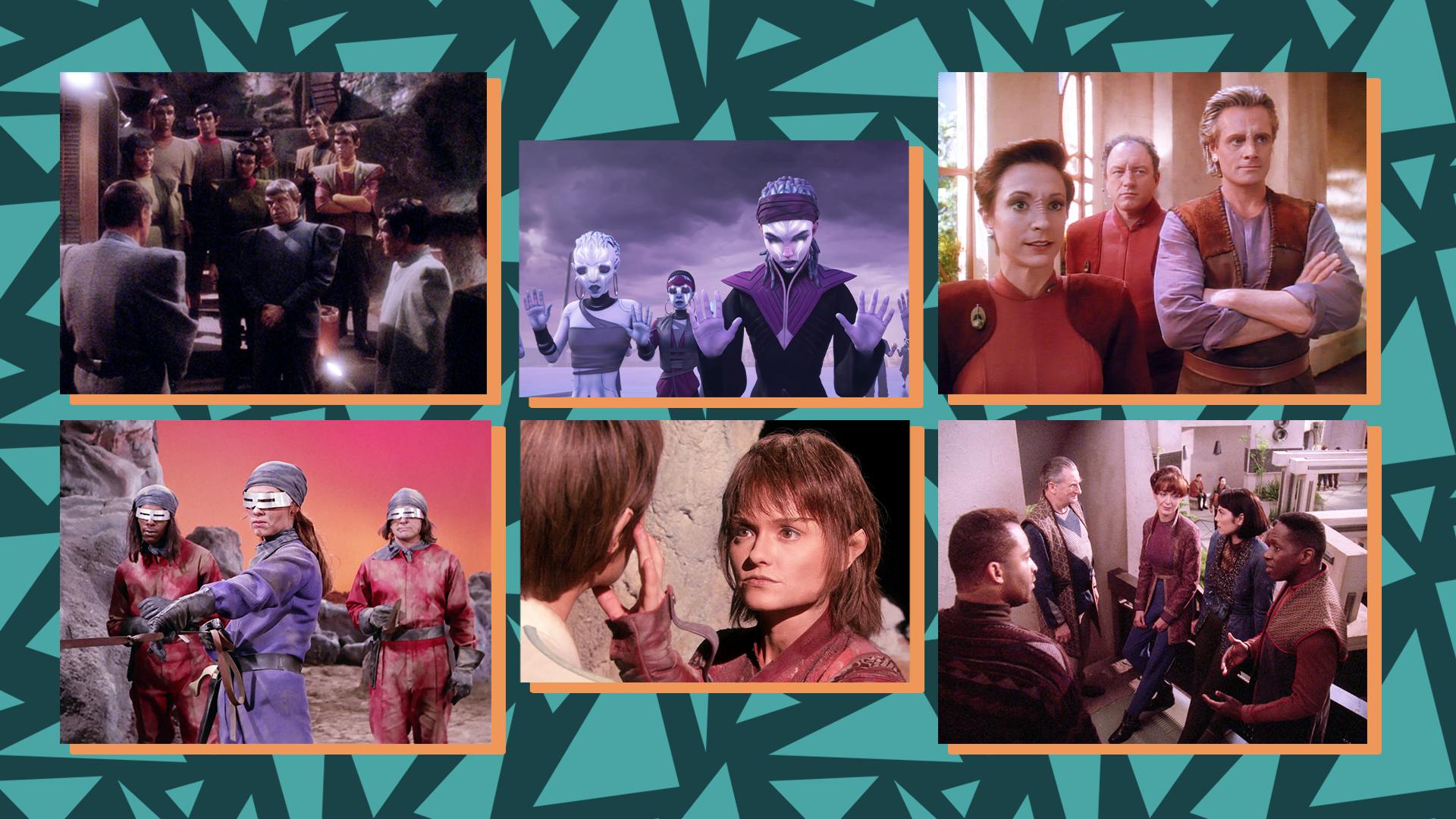
StarTrek.com
Although young Asencia's organized resistance against her older self initiated an uprising on Solum in 's "Ouroboros, Part I," the Vau N'Akat were able to avoid the decades-long civil war that could have occurred following their first contact with Starfleet.
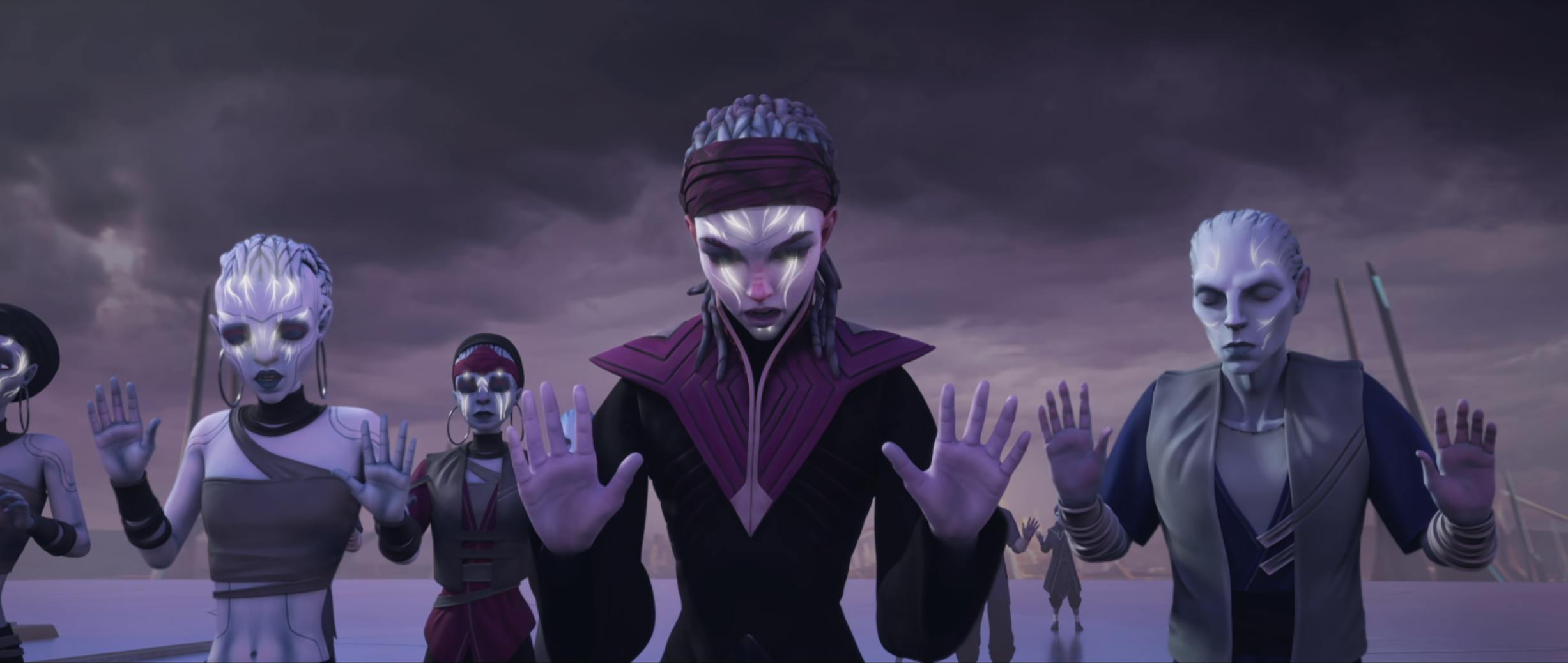
"Ouroboros, Part I"
StarTrek.com
Motivated by factors that ranged from an individual's thirst for power to divergent political ideologies, countless Star Trek cultures have endured their own internal upheavals and conflicts. Assume an air of rebellion and listen closely as we dive into the galaxy's most prominent dissident movements.
Vulcan-Romulan Reunification
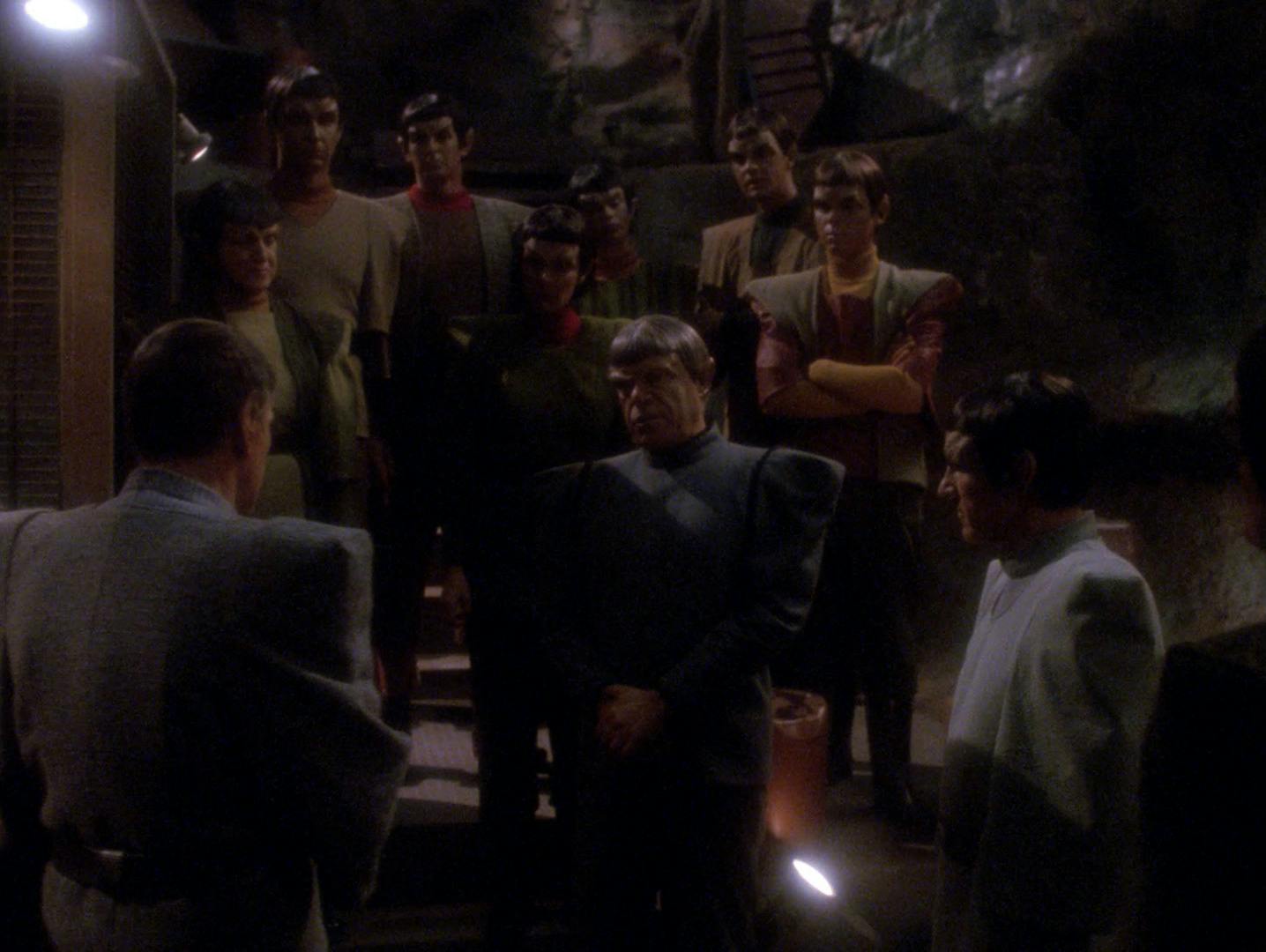
"Unification, Part II"
StarTrek.com
Upon learning of a growing number of Romulans who sought to understand Vulcan philosophy, Ambassador Spock embarked on a covert mission to discuss reunifying the Vulcan people with their Romulan cousins.
On Romulus, the Proconsul feigned interest in Spock's message in order to conceal his true aim of invading Vulcan in 's "." The underground movement nevertheless persisted, helping a senior member of the Imperial Senate defect, and later helping to establish an escape route for thousands of other Romulan dissidents in "."
The unification process took centuries but, as seen in 's "," the Romulans and Vulcans united to coexist in peace on Ni'Var, previously known as the planet Vulcan.
The Plight of the Maquis
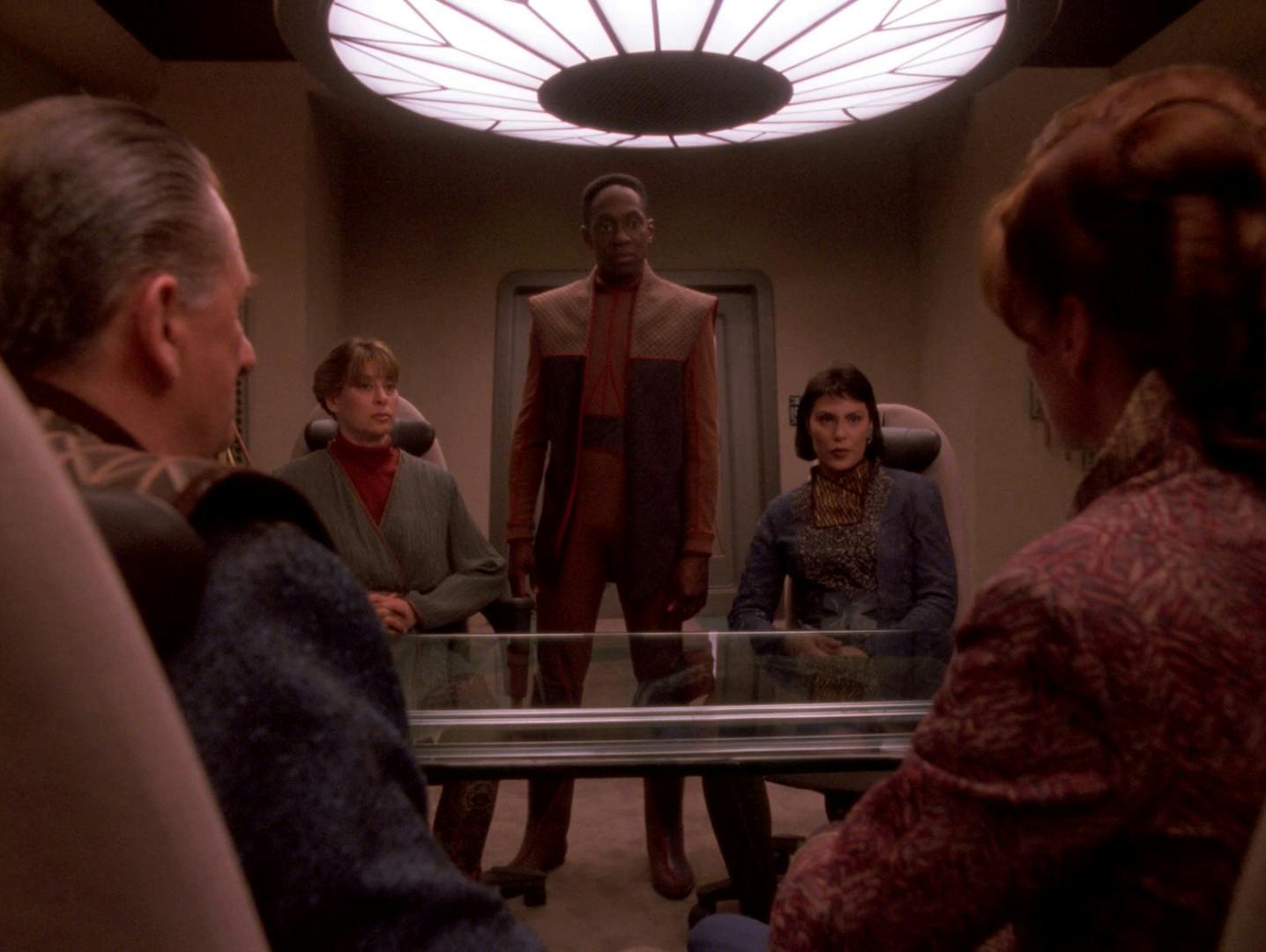
"Preemptive Strike"
StarTrek.com
As average citizens and ex-Starfleet officers who opposed the terms of the Federation's treaty with the Cardassian Union, the Maquis organized themselves to launch attacks against Cardassian targets in the Demilitarized Zone. The Maquis began escalating their efforts in The Next Generation's "," and clashed with Starfleet on numerous occasions over the years.
The U.S.S. Enterprise-D's Ro Laren and Deep Space 9's Michael Eddington betrayed their respective captains to join the Maquis, while Chakotay's Maquis cell famously became an integral part of Captain Janeway's crew in the Delta Quadrant.
Unfortunately, the Maquis' goal of declaring their colonies to be an independent nation came to a tragic end. As Chakotay found out in 's "," the remaining Maquis were virtually wiped out when Cardassia aligned itself with the Dominion.
Ardana's Disrupters

"The Cloud Minders"
StarTrek.com
In 's "," Troglyte workers toiled away in the zenite mines while the intellectuals enjoyed life in the ornate city floating in the clouds above the planet Ardana.
A faction known as the Disrupters arose, refusing to fulfill zenite shipments and ambushing Captain James T. Kirk and Spock upon their arrival on the surface. With the Disrupters devoted to obtaining equal access to a leisurely life in the city, Dr. McCoy discovered that the gas produced by raw zenite impeded the Troglytes' mental growth and stoked violent tendencies.
Since the effect gradually wore off, Kirk proposed providing them with filter masks and took the unprecedented step of beaming the city's High Advisor into the caverns to experience the zenite's impact firsthand. Despite the official’s reluctance, Kirk's strategy ushered in a more egalitarian era for Ardana.
Terran Reforms and Refugees

"Mirror"
StarTrek.com
After locating the adrift in 's "," Cleveland 'Book' Booker read a plaque on the derelict vessel's bulkhead which indicated a new Terran High Chancellor had been killed for trying to enact hopeful reforms.
This lined up with Captain Kirk's plea for Mirror Spock to be an agent of change in Star Trek's "," as well as the revelation from 's "," which noted Mirror Spock followed through on Kirk's advice.
According to the I.S.S. Enterprise's inscription, the crew supported the High Chancellor's ideals and mutinied after the assassination, gathering refugees and seeking asylum in the Prime Universe. Further research delivered a delightful update, as Captain Michael Burnham told Book that the former warship's passengers succeeded in reaching the Federation and gained a fresh start.
The Klingon Civil War
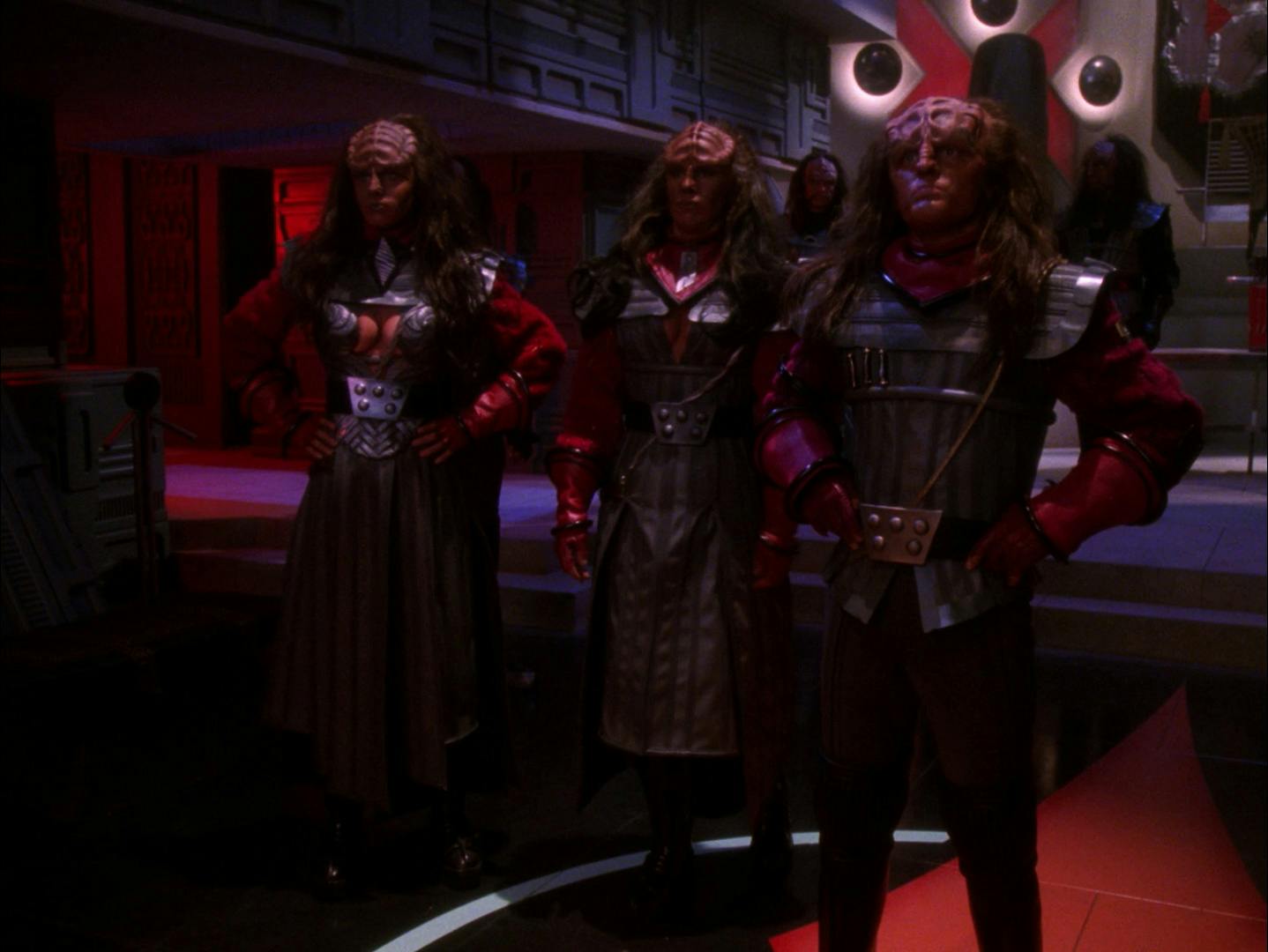
"Redemption"
StarTrek.com
Following the Klingon Chancellor's death in The Next Generation's "," rivals Gowron and Duras competed to be the Klingon Empire's new leader. Duras' death in a battle with Worf left Gowron prepared to seize power, but the Duras Sisters amassed enough support among the Klingon fleet to send the Empire into chaos once Gowron was finally installed as Chancellor in "."
A civil war erupted and the Duras family appeared to have the upper hand, at least until Starfleet exposed that the Romulans were supplying the Duras faction in "." The Duras fleet quickly fell without the benefit of Romulan aid, and Gowron emerged from the conflict victorious and still in command of the Klingon High Council.
The Keepers of Surak's Katra
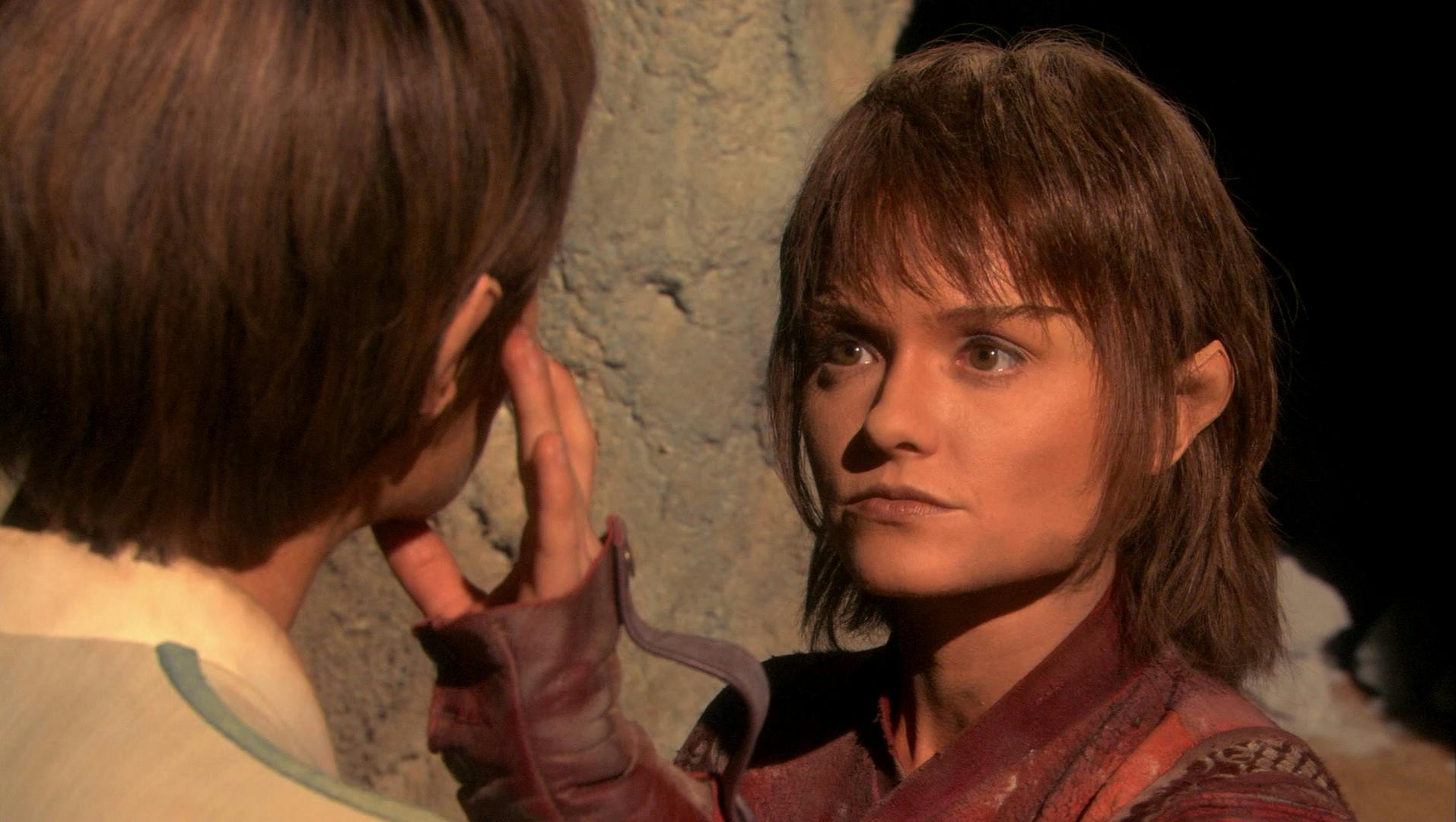
"Kir'Shara"
StarTrek.com
Labeled as zealots who followed a corrupted form of Surak's teachings by the Vulcan High Command in 's "," the Syrrannites believed that the Vulcan katra could be transferred between bodies via a mind meld.
Captain Jonathan Archer met their leader, Syrran, who carried Surak's katra in his mind and emphasized the IDIC philosophy. In his dying moments, Syrran passed Surak's essence to Archer so that it could be taken to T'Pau and the remaining Syrrannites.
With the High Command preparing to launch a preemptive strike on the Andorians, Archer and the Syrrannites brought the Kir'Shara artifact containing Surak's original writings to the capital. The stunning find persuaded senior Vulcans to recall their ships and dissolve the High Command, bringing about a significant shift in Vulcan society in "Kir'Shara."
A Movement Emerges on Bajor
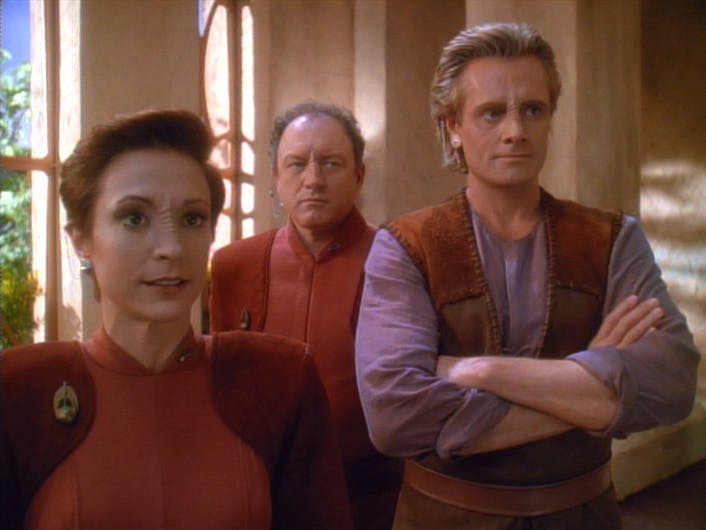
"Shakaar"
StarTrek.com
In Deep Space Nine's "," First Minister Winn made a political error when she dispatched the Bajoran Militia to arrest Shakaar Edon, a key member in Bajor's decades-long resistance against Cardassia who refused to return farming reclamators the government had lent to his province.
Along with Major Kira Nerys and a band of his allies, Shakaar evaded the militia as support for his stand grew among the Bajoran people. Fearing a civil war, Shakaar turned himself in, deciding to run as a candidate to replace the First Minister. Winn perceived this as a coup, but Shakaar's increasing popularity in the lead up to the free and fair election ultimately convinced Winn to release a statement in favor of Shakaar's ascension to First Minister.
The Cardassian Liberation Front
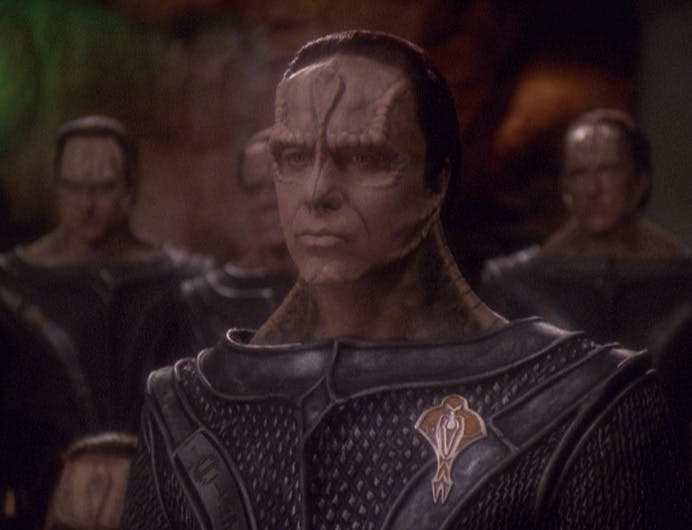
"When It Rains..."
StarTrek.com
Resentful of the Dominion's treatment of Cardassia during its war against the Alpha Quadrant, Legate Damar announced the creation of his movement to liberate his homeworld and called upon all Cardassians to resist the Dominion in Deep Space Nine's "."
The Federation sent Colonel Kira to help train those who joined Damar's Cardassian Liberation Front, and the group persisted in its assaults on Dominion troops. At one point, the Dominion believed they had crushed the rebellion, but Damar survived long enough to inspire ordinary Cardassian citizens to rise up and fight for their freedom.
As the Federation and its allies invaded the heart of Cardassia in "," Cardassian ships turned on their Dominion counterparts, shifting the balance of power and contributing to the Dominion's downfall.
Discord Within the Xindi Council
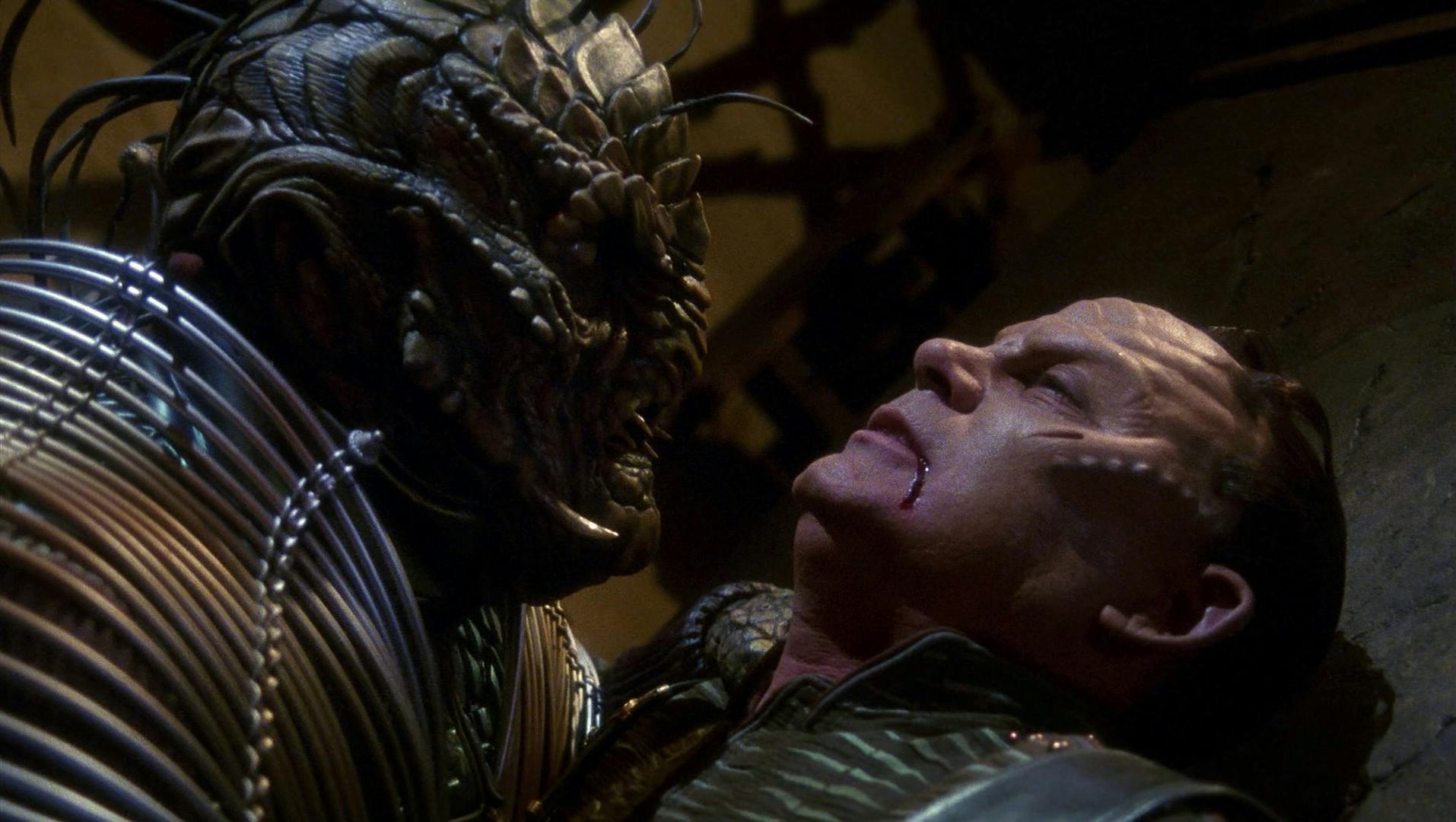
"The Council"
StarTrek.com
Presented with evidence that the Sphere Builders had manipulated them into building a weapon to eradicate Earth, the Xindi Council voted to postpone the weapon's deployment in Enterprise's "."
However, the Xindi-Reptilian and Xindi-Insectoid factions opted to double-cross the other council members, murdering the Xindi-Primate representative and taking possession of the weapon. The Reptilians and Insectoids delivered an ultimatum and withdrew from the council, a decision which eventually prompted the Primates, Xindi-Arboreals, and Xindi-Aquatics to ally their ships with Enterprise and engage the Reptilian and Insectoid fleet.
Although losses were heavy, Captain Archer led a landing party and prevailed in destroying the weapon from within. In the face of their internal discord, the Xindi Council still managed to reconvene, as the Insectoids rejoined the fold and the Reptilians were expected to do the same in "."
A Borg Rebellion
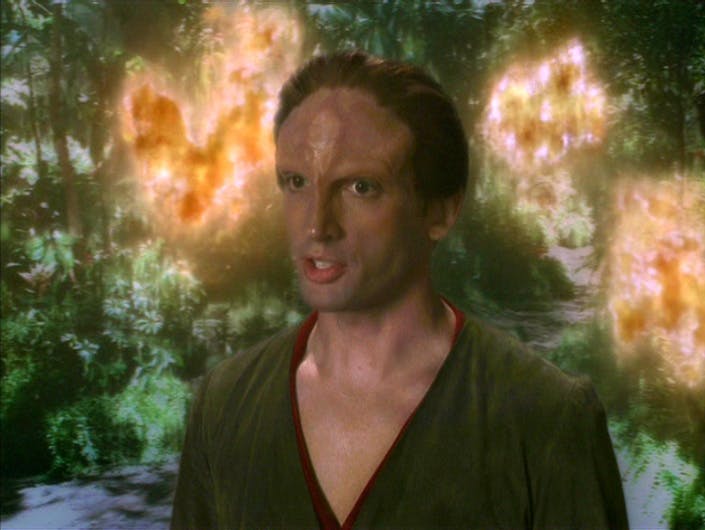
"Unimatrix Zero, Part II"
StarTrek.com
A rare recessive mutation among Borg drones permitted a select few to exist as individuals during their regeneration cycles in Voyager's "."
Captain Janeway suggested they explore a way to let the drones with the genetic mutation maintain their individuality in the real world, forming a resistance movement that could fight back from within the Borg Collective. A nano virus modified by The Doctor made this possible, and the affected drones devised a rough plan of how best to undermine the Borg Queen in "."
While one rebel ship intended to contact Species 8472 about combining forces, another vessel commanded by a Klingon drone took immediate action and assisted the U.S.S. Voyager in a skirmish against a Queen-controlled Cube.





